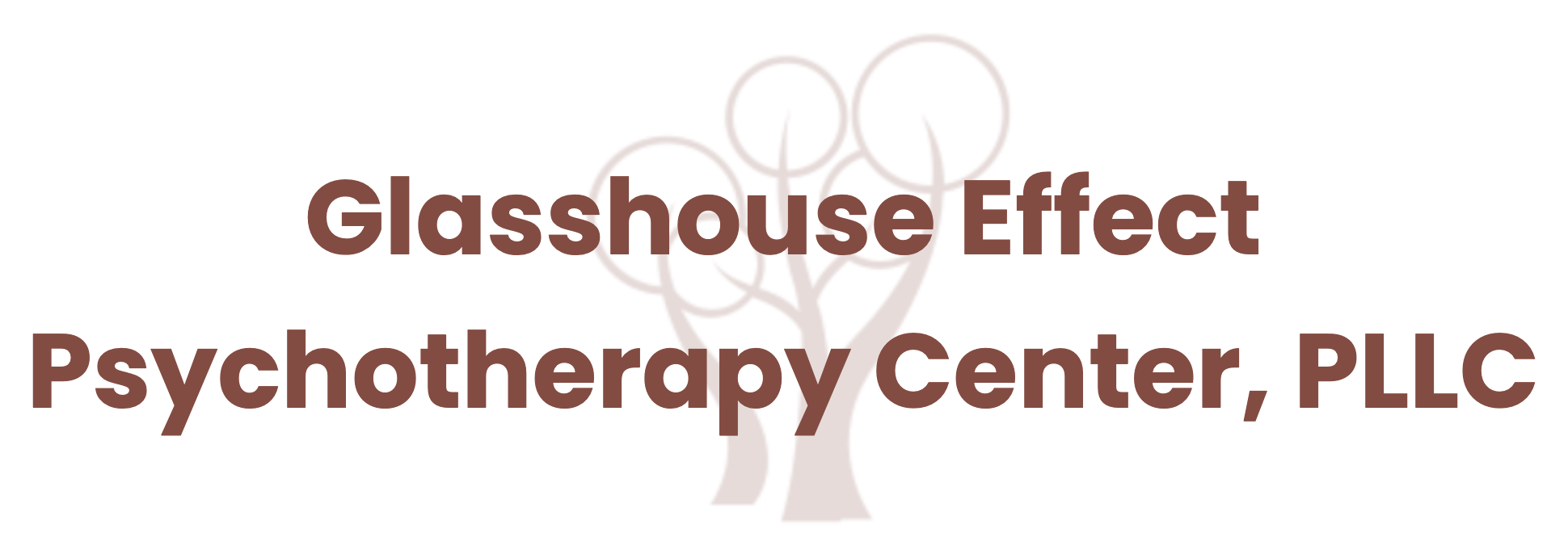When You’re the First

I was a “first” a few times over for my family. I was the first biracial child for both my father’s white Coloradan family and my mother’s Chinese family from Mainland China. I was the first individual in my Chinese family who looked incredibly different from her aunts, uncles, cousins, and grandparents, and felt insecure about it. And I was the first person to truly utilize therapy.
At the time, it was because I felt I had no choice, what with mental health diagnoses that, untreated and unacknowledged, caused me to be hospitalized two or three times. The truth was that family members told me that it was dangerous to be on medications for life and that there had to have been a misdiagnosis. The fact that there isn’t a clear-cut way to diagnose something like bipolar disorder, not with labwork or neuroimaging, de-legitimized the other fact that I so desperately needed help. However, when I received that help and finally made the decision to take accountability for my actions (and acknowledge that I, in fact, made those choices still), regardless of diagnoses, and acknowledge that I had to take my mental health seriously, my life drastically changed for the better. Yet it didn’t come without difficulty and it didn’t come without individual and cultural resistance.
Asian Americans are one of the racial subgroups here in the United States to least utilize mental health interventions, including therapy. Generally, in social work data, they’re resistant to pursuing therapeutic approaches like general psychotherapy and larger group therapies where they might be in contact with other racial groups, including white clients. Why is that? If you’re an Asian American client reading this, I already know that you can make multiple guesses. For those who aren’t, there are in fact, multiple reasons. These can include:
- Cultural stigma
- Lack of Education
- Concepts like the “Model Minority” Myth
- Generational Trauma
- Racial Trauma
What goes beyond these potential reasons is that Asian Americans still suffer from mental health issues and illnesses. Asian American youths between 15-19 years of age are the racial group of that age demographic shown to die of suicide the most. In my own community, I know that issues like domestic violence exist, but are just not spoken of. From my perspective now, it’s unnecessary for us to suffer in silence, our own silence born out of tradition, trauma, and genuine fear. So, I write this to let you know that, even though it was one of the most difficult things I’ve ever had to do in my life, it’s worth it.
Being the first in your family to pursue therapy, especially with the above factors, can be terrifying. Depending on your circumstances, few will understand why you’re pursuing therapy when you can tough it out with “good enough sleep” (genuine quote someone told me). Some in your family might even fight with you about why you’re going to sessions or taking medications, and will state repeatedly, “don’t tell anyone”. I say this not out of data but personal experience – family members have said this to me. And I know each family is different, each environment is different, and this experience can pertain to those who aren’t Asian Americans. But I’ll tell you this: it got better for me, with my family.
My parents had to go through a lot of education in middle adulthood. At first, after my bipolar diagnosis, they were genuinely confused and apprehensive. But through the years, both my parents learned all they could about the diagnosis and even helped me during the therapeutic process. Beyond my own pride regarding where I am today, I’m most proud of my mother. Through her own education, awareness, and compassion during the trying times and after hard therapy sessions, she was there for me in a way that spoke of her desire to be there for her daughter. However, her awareness and wisdom bled into other aspects of her life, as she was always there for her friends, both locally in the U.S. and abroad. In her own right, she became someone who understood that addressing mental health was necessary. While she had always been the type of person to help others, she learned more about how her new skills could benefit her community. Beyond it getting better, know this: it will be hard, and you’ll have to break many barriers. But others will see you, and they’ll realize that they can break down those barriers too.
It starts with us. But it doesn’t end with us.

